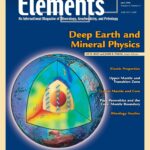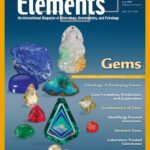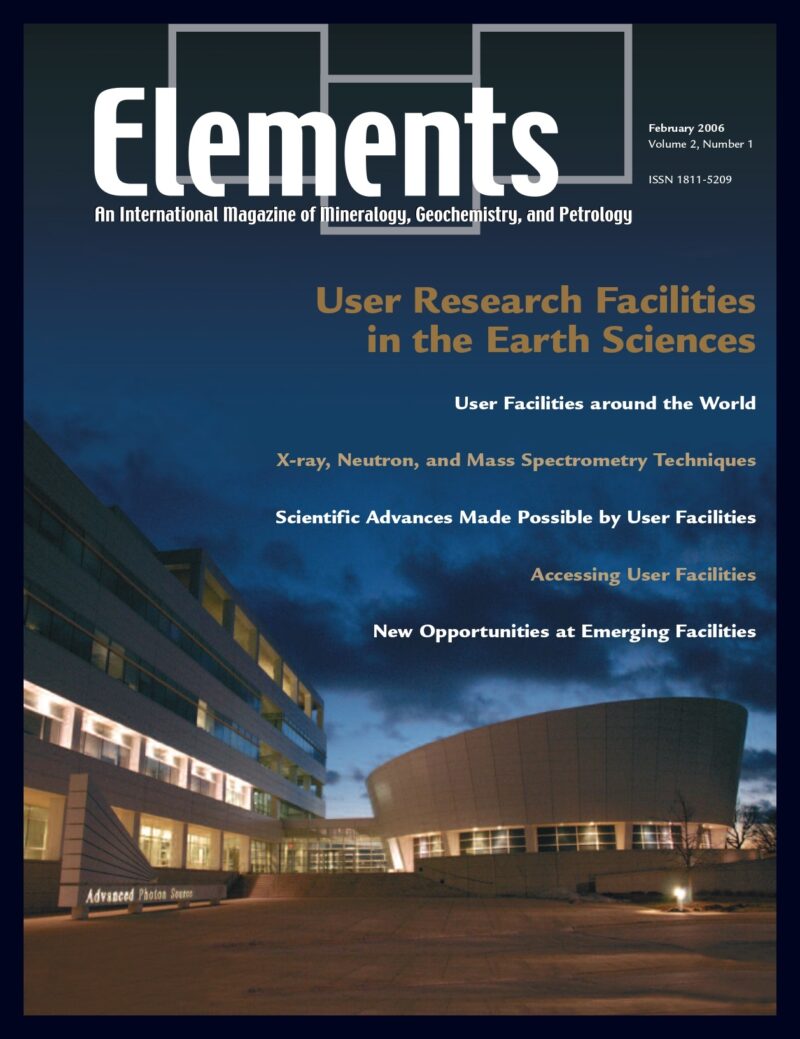
Deep Earth And Mineral Physics, June 2008, Vol. 4, No. 3
June 28, 2024
Gems, June 2009, Vol. 5, No. 3
June 28, 2024Scientific Exploration Of The Moon, February 2009, Vol. 5, No. 1
$20.00
Our current understanding of the Moon’s history, interior structure, and chemical composition is based in large part on geochemical data acquired from samples from the U.S.
Scientific Exploration Of The Moon
February 2009, Vol. 5, No. 1
Our current understanding of the Moon’s history, interior structure, and chemical composition is based in large part on geochemical data acquired from samples from the U.S. Apollo and Soviet Luna missions; data acquired by Apollo geophysical instruments; orbital geochemical and spectral data acquired by robotic missions from the U.S., Japan, and China; analysis of lunar meteorites derived from previously unsampled regions of the Moon; and Earth-based radar observations and infrared spectral reflectance data. All of these efforts have contributed to a preliminary understanding of the origin of the Moon and the processes that have affected its surface and interior. Isotopic analyses of impact-generated samples have placed constraints on the time-dependent meteorite flux that not only affected the Moon but also the Earth and other objects in the inner solar system. In this issue of Elements, leading scientists discuss the major concepts that underpin our current understanding of the Moon, as well as scientific plans for international scientific exploration by robotic and human missions.
Why You’ll Love Elements Magazine:
- Expert Contributors: Articles written by renowned researchers in the field of geoscience.
- Engaging Content: Join a community of readers who are passionate about Elements.
- Exceptional Quality: Each issue is printed on high-quality paper with stunning visuals and detailed illustrations that bring complex scientific concepts to life.
Order your copy of the February 2009 issue of Elements magazine today and discover the scientific exploration of the moon.
Related products
-
Large Igneous Provinces: Origin And Environmental Consequences, December 2005, Vol. 1, No. 5
$20.00Large igneous provinces record major outpourings of igneous rocks, both on the continents and in ocean basins. Their origin is still vigorously disputed, with models invoking mantle plumes, thermal effects of the lithosphere, and meteorite impacts.
-
User Research Facilities In The Earth Sciences, February 2006, Vol. 2, No. 1
$20.00Earth scientists rely on effective access to user research facilities that provide state-of-the-art analytical instrumentation. This thematic issue focuses on some of these facilities and how to use them.
-
Zircon – Tiny But Timely, February 2007, Vol. 3, No. 1
$20.00Where would Earth science be without zircon? As Earth’s timekeeper, zircon has proven to be a remarkable and versatile mineral, providing insights into deep time and ancient Earth processes. However, there is still much to learn about Earth’s history from zircon and its behaviour.




